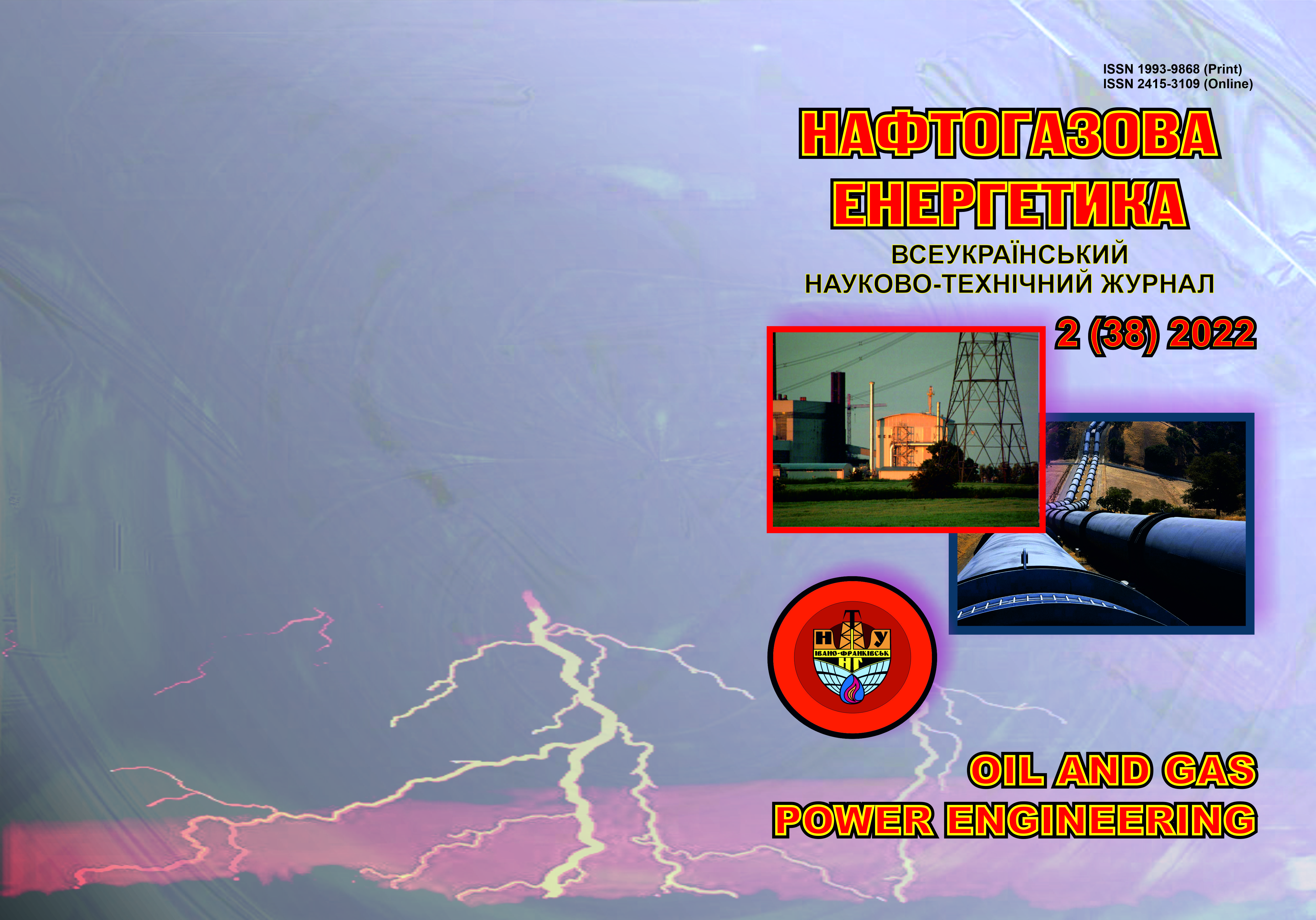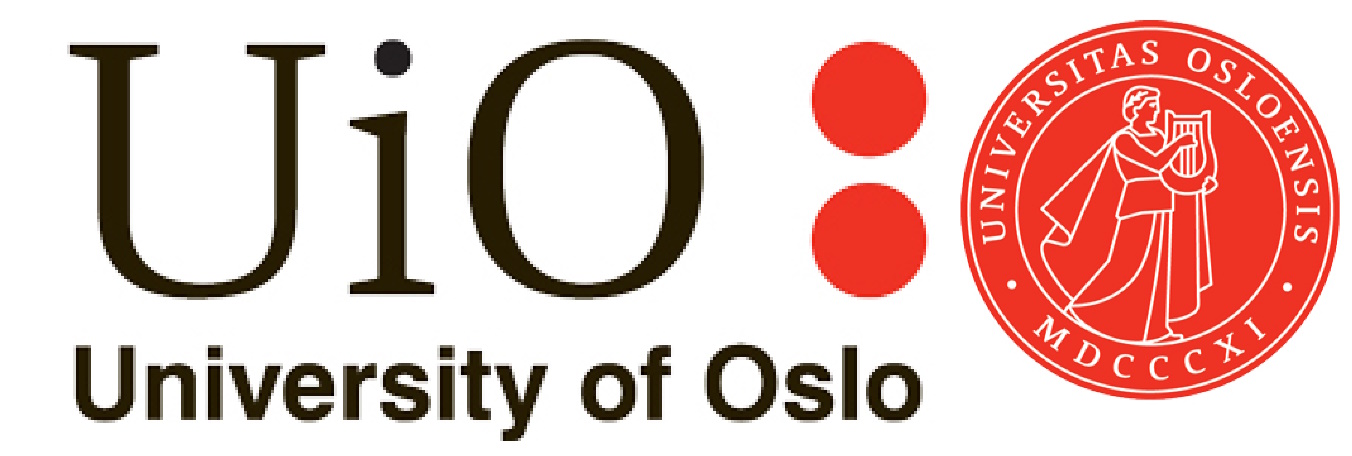Experimental studies of the effectiveness of cleaning the internal cavity of pipelines with hyperelastic pigs
DOI:
https://doi.org/10.31471/1993-9868-2022-2(38)-62-75Keywords:
well pipeline, cleaning pig, polyurethane foam, silicone, liquid contamination, movement speed.Abstract
Problematic issues that arise during the cleaning of gas gathering systems of gas fields with cleaning pigs are considered. The requirements that must be met by the pig`s material intended for cleaning the inner cavity of well plumes from liquid pollution are given. The expediency of making pigs for cleaning complex pipeline systems from hyperelastic materials is substantiated. Cylindrical cleaning pistons made of hyperelastic materials with different physical and mechanical characteristics (polyurethane foam of different densities, urethane-coated polyurethane foam, self-destructive elastic-polymer composition, silicone sealant, silicone compound) were manufactured. Laboratory experimental installations made of glass pipes and branches were developed and installed to evaluate the efficiency of cleaning horizontal and low-lying sections of pipelines with pistons made of hyperelastic materials and to study the pig movement dynamics. A technical solution to change the forward direction of the pig movement to the reverse direction after the pig passes through the entire experimental pipeline is proposed. The pig movement dynamics of hyperelastic materials in pipelines was experimentally investigated, and the factors that affect the cleaning efficiency were determined. It is established at what speed of pig movement the cleaning efficiency of horizontal straight sections of the pipeline is maximized. The forces acting on the pig at the beginning of its movement through the pipeline, movement at a constant speed, and temporary stopping at the point of jamming are described. The main factors affecting the friction force between the pig and the inner wall of the pipeline are considered. The possible places and reasons for the temporary stoppage of pigs made of hyperelastic materials in pipelines and the negative consequences that this can lead to are established. Experimentally, it was found that through all investigated pigs made of hyperelastic materials, air flow occurs, which is fed into the pig space. Such overflow contributed to the improvement of the pipeline cleaning quality. Recommendations are provided for the application scope of various hyperelastic pigs
Downloads
References
Volovetskyi V., Uhrynovskyi A., Doroshen-ko Ya., Shchyrba O., Stakhmych Yu. Developing a set of measures to provide maximum hydraulic efficiency of gas gathering pipelines. Journal of Achievements in Materials and Manufacturing Engineering. 2020. Vol. 101. Issue 1. P. 27-41. http://doi.org/10.5604/01.3001.0014.4088.
Doroshenko Ya., Rybitskyi I. Investigation of the influence of the gas pipeline tee geometry on hydraulic energy loss of gas pipeline systems. Eastern-European Journal of Enterprise Technolo-gies. 2020. Vol. 1. No 8 (103). P. 28-34. http://doi.org/10.15587/1729-4061.2020.192828.
Volovetskyy V. B., Shchyrba O. M., Vytyaz O. Yu., Doroshenko Ya. V. Zbilshennya obsyahiv vidboru hazu v umovakh periodychnoyi ekspluatatsiyi z hazokondensatnykh sverdlovyn. Naukovyy visnyk. 2013. No 2 (35). P. 111-121. [in Ukrainian]
Volovetskyy V. B., Shchyrba O. M., Vytyaz O. Yu., Doroshenko Ya. V. Analiz prychyn znyzhennya hidravlichnoyi efektyvnosti mizhpromyslovykh hazoprovodiv ta vybir sposobiv yiyi pidvyshchennya. Rozvidka ta rozrobka naftovykh i hazovykh rodovyshch. 2013. No 3 (48). P. 147-156. [in Ukrainian]
Doroshenko Ya. V., Karpash O. M., Hozhayev B. N. Doslidzhennya skladu truboprovidnykh hazoridynnykh potokiv ta vplyvu nayavnykh u nykh shkidlyvykh domishok na rezhymy perekachuvannya, enerhovytraty na transportuvannya. Rozvidka ta rozrobka naftovykh i hazovykh rodovyshch. 2019. No 4 (73). P. 35-45. http://doi.org/10.31471/1993-9973-2019-4(73)-35-45 [in Ukrainian]
Jian-feng Y., Wen-wen W., Feng A. Pigging technology of long-distance pipeline. Pipeline Technique and Equipment. 2013. No 3. Р. 48-49.
He H., Liang Z. Simulation of pigging with a brake unit in hilly gas pipeline. Journal of applied fluid mechanics. 2019. Vol. 12 No. 5. P. 1497-1509. http://doi.org/10.29252/jafm.12.05.29869.
Tiratsoo J.N. Pipeline Pigging Technology. 2nd ed. Houston, TX, USA: Gulf Publishing Company, 1992. 480 p.
O’Donoghue A. Modelling pig train dynamics in natural gas pipelines. UK: Pigging Products & Services Association, 2012. 13 р.
Wang W., Huang Q., Liu Y., Sepehrnoor K. Experimental study on mechanisms of wax removal during pipeline pigging. SPE Annual Technical Conference and Exhibition, September 2015, SPE-174827-MS. http://doi.org/10.2118/174827-MS.
Zhang H., Sanchez C., Liu S., Zhang S., Liang H. Wear of a polyurethane rubber used in dry gas pipeline as inspection gauges. J. Nat. Gas Sci. Eng. 2017. Vol. 41. P. 40-48. http://doi.org/10.1016/j.jngse.2017.02.035.
Elgström E. Practical implementation of hyperelastic material methods in FEA models. Master of Science thesis in Mechanical Engineering. Karlskrona. Sweden, 2014. 49 p.
Downloads
Published
How to Cite
Issue
Section
License
Copyright (c) 2023 Oil and Gas Power Engineering

This work is licensed under a Creative Commons Attribution-ShareAlike 4.0 International License.


.png)






1.png)









